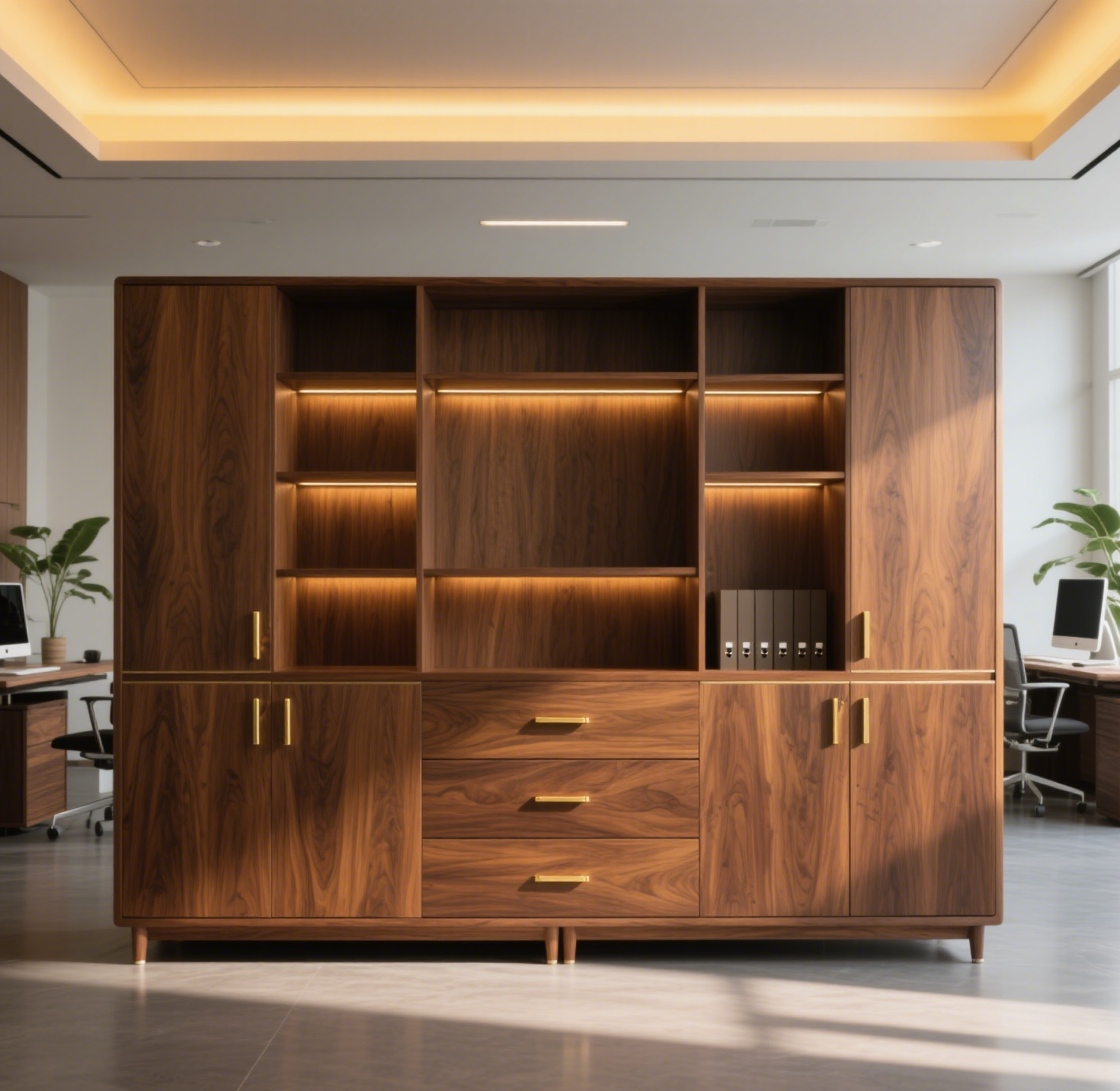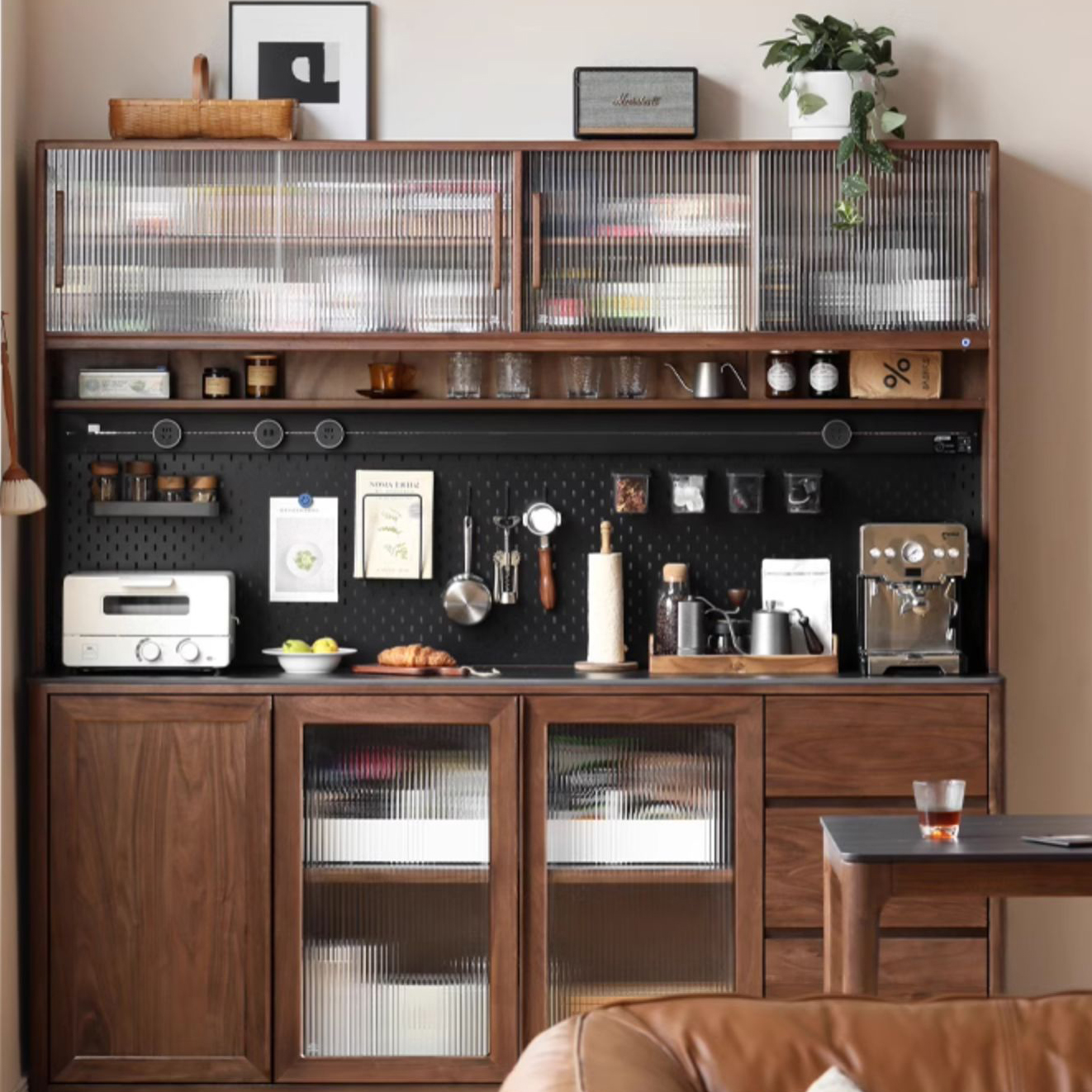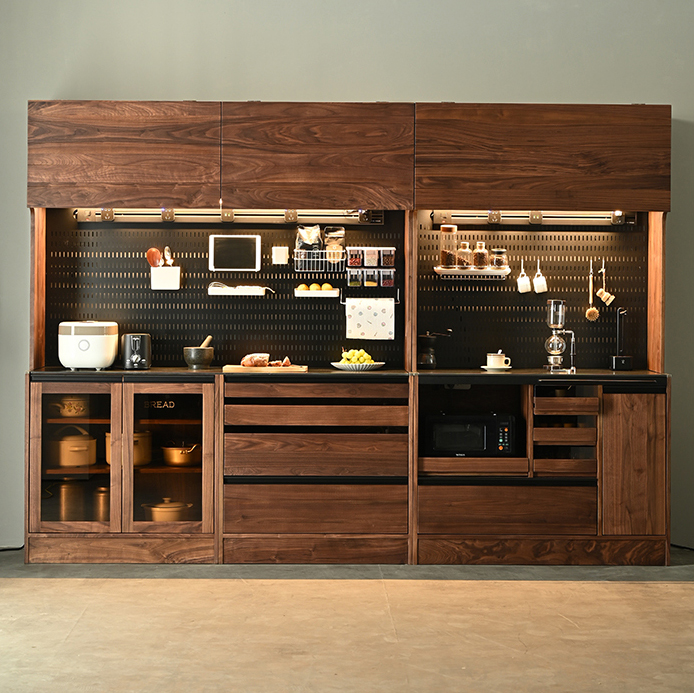
In today’s competitive global furniture market, understanding the core characteristics of different wood types can decisively impact your sourcing and sales strategies. For exporters, selecting the appropriate wood species ensures product appeal, durability, and customer satisfaction. This article offers a comprehensive comparison of oak, pine, and walnut furniture to help global purchasers make informed decisions and kickstart business growth with the right wood choice.
Every wood type tells a story through its grain, strength, and lifespan. For exporters, these factors translate into market competitiveness—impacting product positioning, pricing, and ultimately customer loyalty. Moreover, knowing the wood characteristics helps anticipate logistics needs such as weight, treatment, and handling. Thus, gaining clarity on oak, pine, and walnut's attributes facilitates smarter procurement and reduces costly returns.
Oak is predominantly harvested in Europe and North America. Its wood features a distinguished coarse grain with a warm golden to medium brown hue that deepens with age. The natural durability and high-density quality make oak furniture an evergreen option favored for dining tables, cabinets, and flooring.
Advantages: Hardwearing, resistant to dents and scratches, excellent resistance to fungal attacks.
Limitations: Heavier than many woods, requires skilled craftsmanship to avoid warping; comparatively higher cost than softwoods.

Pine is predominantly sourced from Northern Europe, Russia, and North America. It is lighter in color, typically pale yellow to creamy white, with a straight grain and abundant knots that add rustic character. Pine wood is soft, allowing easy carving and quick production cycles—ideal for contemporary and country-style furniture.
Advantages: Lightweight, cost-effective, simple to stain or paint, eco-friendly due to fast growth rate.
Limitations: Less durable, prone to scratches and dents, requires surface treatments to prevent moisture damage.
Walnut mainly comes from the USA and parts of Europe, prized for its dark chocolate to purplish-brown tones and fine, straight grain with occasional curls that create exquisite patterns. Walnut furniture is synonymous with luxury and is often used in high-end cabinetry, desks, and accent pieces.
Advantages: Exceptional aesthetic appeal, strong yet workable for intricate designs, develops a beautiful patina.
Limitations: Higher cost limits mass-market consumption, less resistant to insect attacks unless treated properly.

| Feature | Oak | Pine | Walnut |
|---|---|---|---|
| Origin | Europe, North America | Europe, Russia, North America | USA, Europe |
| Color & Grain | Golden brown, coarse grain | Pale yellow-white, knots | Dark brown, fine grain |
| Durability | High | Moderate (softwood) | High |
| Weight | Heavy | Light | Medium |
| Typical Uses | Formal furniture, flooring | Casual furniture, kids’ rooms | Luxury furniture, cabinetry |
| Cost Level | Medium to high | Low to medium | High |
Consider a European furniture exporter selecting stock for a mid-range dining collection. Oak’s robustness and timeless appeal made it a preferred choice, meeting client demand for longevity. Conversely, a startup targeting youth and budget markets opted for pine furniture, benefiting from pine’s affordability and fast turnaround. Meanwhile, luxury boutiques across North America favored walnut pieces for their exclusive finishes and rich hues.

For export businesses aiming to align product performance with market expectations, here are key takeaways:
By strategically selecting wood types based on your target export markets and product positioning, you can enhance your value proposition and reduce supply chain uncertainties.
Ready to choose the perfect wood for your export business and start a new chapter of growth?
Explore Premium Wood Options NowWe invite you to share your wood sourcing experiences and insights in the comments below. Let’s grow together!











